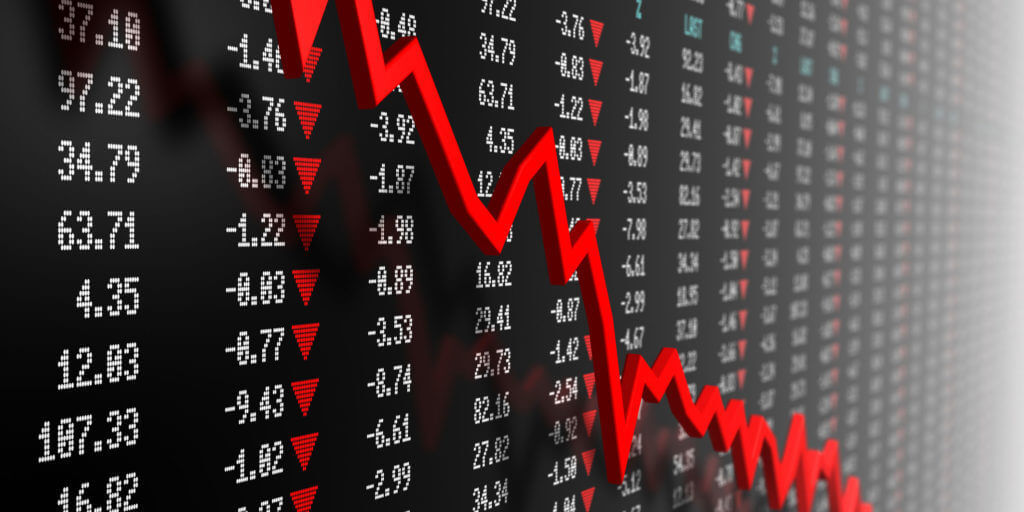
According to the March 2019 edition of CBRE’s Hotel Horizons forecast report, the 2019 average annual occupancy level for U.S. hotels is projected to be 66.2 percent. This will mark the sixth consecutive year of occupancy levels above the 62.5 percent long-run average, and the fifth year above the pre-2014 historical high of 64.8 percent.
Despite such healthy market conditions, not all hotels are enjoying lofty levels of performance. According to STR, 35.7 percent of the hotels in their U.S. national sample achieved an occupancy level of less than 60 percent during 2018.
If you have attended any hotel investment conference or read the trade publications in the past five years, the focus of discussion has clearly been biased towards record occupancy levels and the highest profit margins since 1960. Very little attention has been paid to the over one-third of the U.S. lodging inventory that failed to “rise with the tide.” Yet, these 12,590 properties have owners who, like all others, seek a return on their investment.
To analyze the performance of these poor performers, we pulled operating statements from hotels in our Trends in the Hotel Industry database that achieved an occupancy level below 60 percent each year from 2007 through 2017. Seasonal properties were excluded from the sample. The majority of the poor-performing hotels were over 30 years old and categorized as economy and midscale properties. In 2017, the sample averaged 135 rooms in size, had an occupancy of 49.3 percent, and an average daily rate of $85.
The following summarizes the findings of our analysis. We compared the market performance of the poor-performing sample to the STR national sample, and the financial performance to the overall CBRE Trends sample.
Top-Line Deficiencies
From 2007 to 2017, the hotels in the poor-performing sample achieved a RevPAR compound annual growth rate of just 0.7 percent. This compares to 2.5 percent for all hotels in the STR national sample. During this 11-year period, the occupancy rate for the poor performers declined from 51.5 percent in 2007 to 49.3 percent in 2017. Concurrently, the ADR for the sample increased at a CAGR of 1.1 percent, roughly half the national average.




